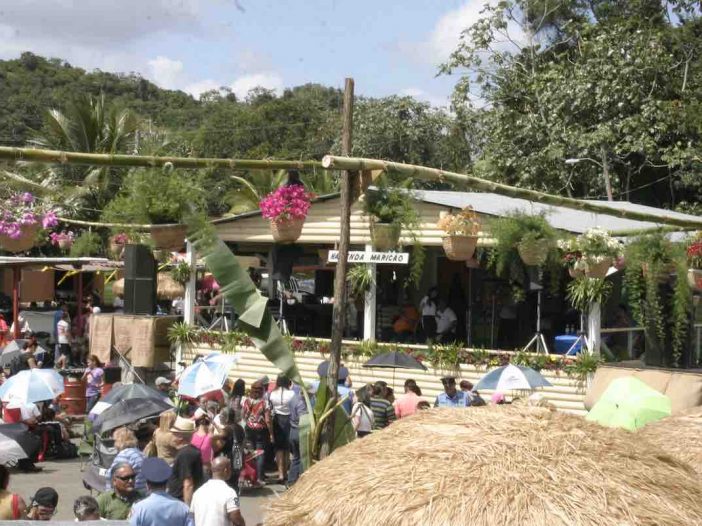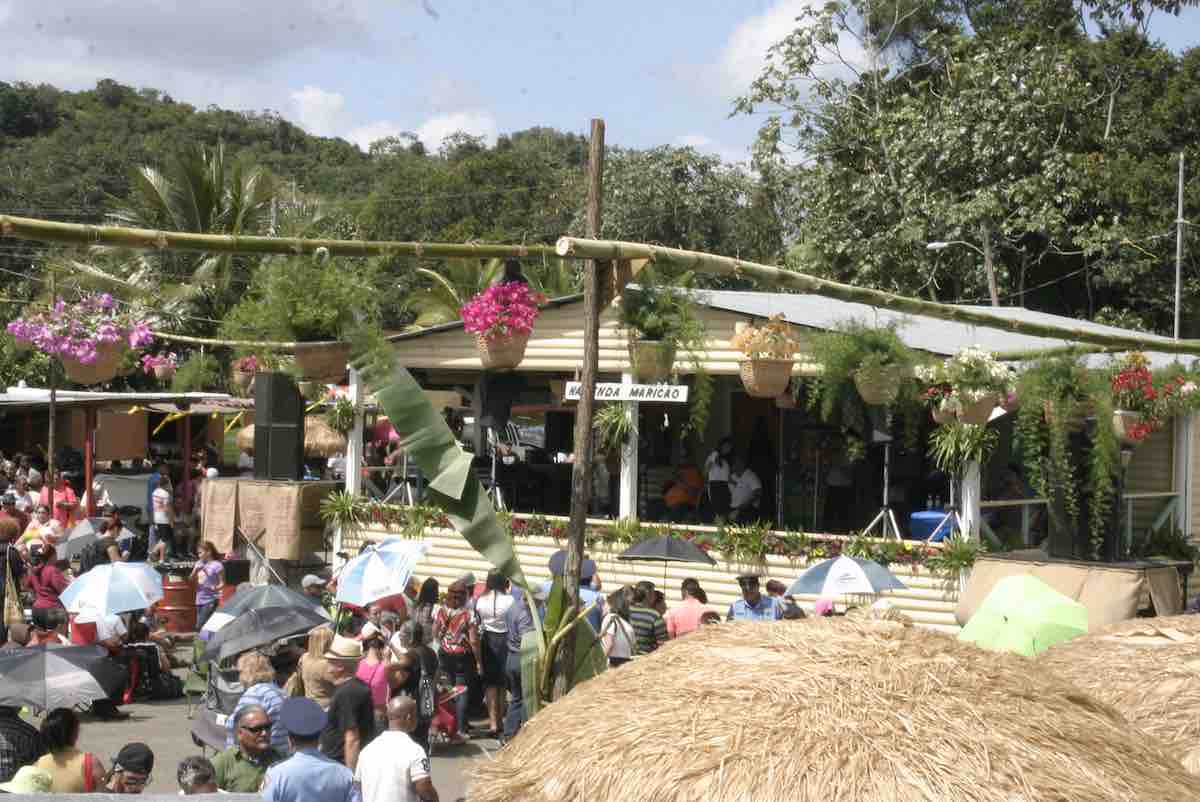
The tiny town of Maricao, Puerto Rico, is in the midst of a campaign to become 100% renewable, and it recently took a step in that direction by winning a competition for a microgrid offered through the Interstate Renewable Energy Council (IREC).
One of the smallest towns in Puerto Rico (p. 5,430) and accustomed to daily power outages, the mountain community competed against 12 municipalities for the solar plus storage microgrid.
With 75kW of solar, the microgrid will sit in the town center and serve health care providers, banks and other businesses in a town where 64.5% of people live below the federal poverty line. Once an important coffee-growing region, Maricao more recently has suffered from population loss and a declining economy.
“Being able to produce our own energy provides greater resilience to any event that affects the fragile electrical power system we currently have. With the coming cost increases and system instability, the microgrid is the alternative to the present and future,” said Maricao’s mayor, Wilfredo “Juny” Ruiz Feliciano.
The microgrid comes to Maricao through the Puerto Rican Solar Business Accelerator, which is led by IREC, an advocate for 100% clean energy, in partnership with Pathstone, a private, not-for-profit community development and human services organization.
The University of Puerto Rico-Mayagüez will provide engineering and technical services. The project also will be supported by a local nonprofit, the Monte Azul Foundation, which strives for sustainable economic development in Puerto Rico’s rural areas.
Monte Azul, which submitted the project application, wants to make Maricao 100% renewable by 2027 by expanding the solar microgrid and promoting residential solar installation.
“This is a game changer for Maricao,” said Andrew Hermann, executive director of the Monte Azul Foundation. “The town will benefit significantly from a sustainable energy source. It is a step in the right direction toward resilient energy and energy justice. The microgrid will increase the reliability of energy, which will enhance quality of life. The project will also reduce power outages and the cost of electricity for small business owners in town, creating a positive ripple effect in the local economy of Maricao.”
Second microgrid
Maricao is the second Puerto Rico community to be selected to develop a solar microgrid under the IREC program. The first is Castañer, a town in Cordillera Central, which lost power for six months after Hurricane Maria devastated the island in 2017 and still suffers from unreliable electricity.
The Castañer microgrid, which will power essential services with 225 kW of solar PV and 500 kWh of storage, emerged from a partnership between IREC and the Cooperativa Hidroeléctrica de Montaña.
Image credits: Flicker, J&E Angentex, shared under Creative Commons licence.
This article was originally published by Microgrdid Knowledge. Reproduced here with permission



